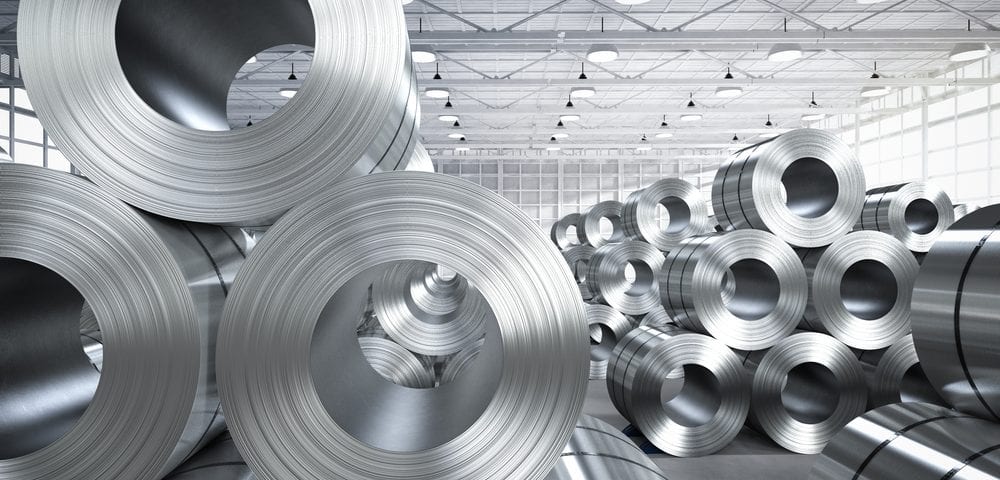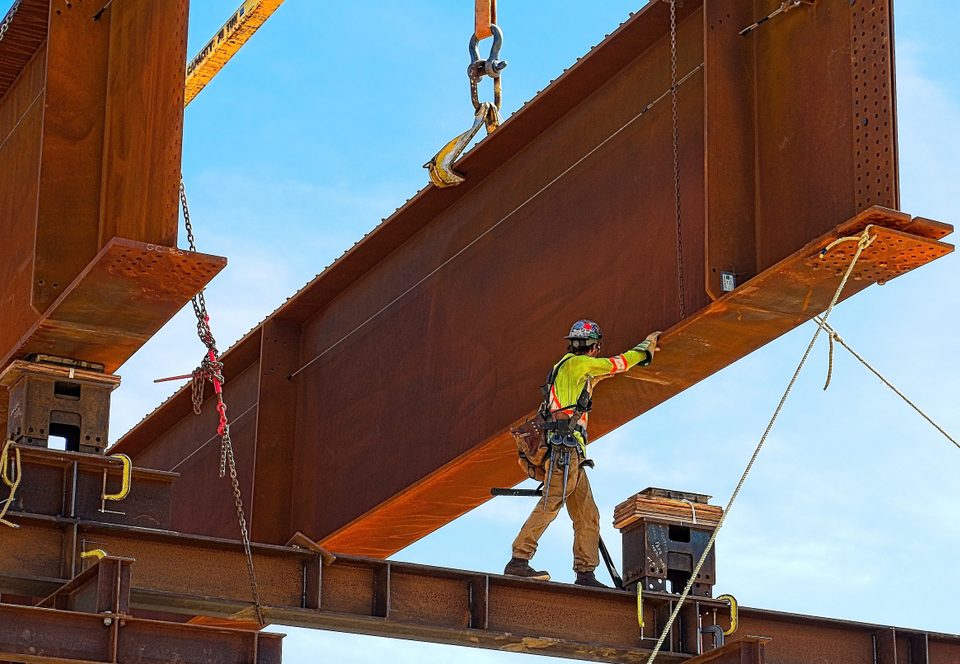Metal and Steel Sheet: Characteristics and Varied Types

Welded Vs. Seamless Tube: Composition and Common Uses
February 12, 2021
Metal and Steel Sheet: Common Applications for Types
February 26, 2021There are numerous forms of metal used in structural and aesthetic areas of our world, and it’s important for skilled metal workers to have familiarity with each of them. One of these broad types is known as sheet metal, but this is a very wide category – sheet metal can actually be broken down into numerous different formats and types depending on both materials used and common applications desired.
At Wasatch Steel, we’re happy to offer a wide range of steel sheet for clients, including both hot-rolled and cold-rolled sheets and varying thicknesses. What exactly is sheet metal and why do its various types differ so much? And beyond this, what are the common applications and uses of different kinds of sheet metal? This two-part blog will go over several areas.
Sheet Metal Characteristics
Firstly, let’s define sheet metal broadly. This term refers to a general category of metals that range from roughly 0.018 to 0.250 in thickness – this thickness will commonly be designated using a gauge rather than inches or millimeters, and this gauge system will differ depending on the different materials used.
There are numerous materials that may be manufactured in sheet form, including steel, aluminum, copper, brass, stainless and galvanized steel options, and even bronze. Our next several sections will go over some of the most common types found, plus their standard uses.
Carbon Steel Sheet
Particularly in situations where there isn’t much corrosion risk, including when a coating process will be completed later on to guard against corrosion, carbon steel sheet will often be the choice for basic fabrication needs. From automotive parts like vehicle bodies all the way to signage and numerous other simple areas, the versatility of carbon steel sheet is a big factor here. It’s also very affordable, plus comes with a higher tensile strength than other formats you’ll regularly see.
Stainless Steel Sheet
For situations where corrosion might be a risk, such as in aerospace components or other engine needs, stainless steel sheet is often used instead. One of the main areas separating stainless steel from carbon steel is its additional alloying elements, which will generally make stainless steel more expensive – but this is because they also bring several benefits.
One of these is corrosion resistance, which is vital in these application areas. For this reason, marine vessels and others will also often be made from stainless steel. Even food handling equipment and various processing equipment is often made from stainless steel sheet, which doubles as an aesthetically-pleasing material for a variety of public spaces.
For more on the kinds of steel sheet you’ll see out there, or to learn about any of our steel tube, steel bar or other steel products, speak to the staff at Wasatch Steel today.



